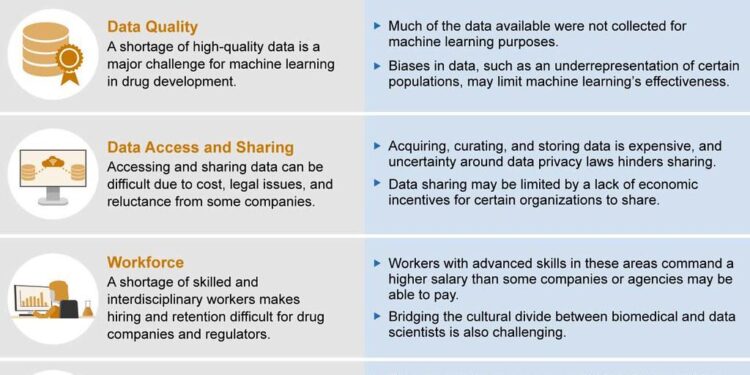Unveiling Anomaly Detection: A Pioneering Challenge in Astrobiology
In the rapidly advancing realm of astrobiology, scientists are on a relentless quest to discover innovative methods for analyzing extensive datasets and revealing the mysteries of the universe. A significant hurdle in this field is pinpointing anomalies that may indicate remarkable findings regarding life beyond our planet. To address this intricate challenge, a groundbreaking initiative has been introduced—”Creating Machine Learning Challenges for Anomaly Detection in Science,” initiated by astrobiology.com. This pioneering project seeks to leverage machine learning’s capabilities to improve our capacity to identify unusual patterns within scientific data, thus opening doors for substantial progress in comprehending extraterrestrial environments. As researchers and machine learning specialists collaborate to navigate these complexities, the potential ramifications for the search for alien life could be transformative, marking a crucial juncture at the crossroads of technology and space exploration.
Approaches to Designing Impactful Machine Learning Challenges in Anomaly Detection
To craft impactful machine learning challenges focused on anomaly detection, it is essential to blend creativity with methodological rigor. Engaging participants requires incorporating diverse scenarios and datasets that reflect real-world intricacies. Utilizing complex datasets with multiple variables—both structured and unstructured—enables participants to experiment with various algorithms while assessing their effectiveness across different contexts. Furthermore, establishing a comprehensive framework for performance evaluation using metrics like precision, recall, and F1 scores can guide participants in effectively measuring their models’ success.
Encouraging deeper analytical thinking necessitates clear yet adaptable evaluation criteria. Providing extensive resources such as relevant literature and tools for feature engineering can inspire participants toward innovative solutions. Additionally, offering rewards or recognition for exceptional performance or creative approaches can motivate individuals to transcend conventional methodologies. To promote transparency and foster community engagement, consider sharing regular updates on participant progress while creating discussion forums where ideas can thrive and constructive feedback is welcomed.
Essential Knowledge on Anomaly Detection Methods for Astrobiology Research
The pursuit of extraterrestrial life heavily relies on anomaly detection techniques that help differentiate meaningful data from background noise. Astrobiologists often work with datasets derived from telescopes, satellite missions, and planetary rovers that demand sophisticated analytical strategies. Some commonly utilized techniques include:
- Statistical Analysis: Utilizing Bayesian models to forecast normal behavior patterns while identifying deviations.
- Machine Learning Techniques: Employing both supervised and unsupervised learning methods enabling models to learn how anomalies manifest.
- Signal Processing Techniques: Implementing approaches like Fourier transforms which help reveal patterns amidst noisy data sets.
The recent trend emphasizes integrating multiple anomaly detection strategies; combining clustering algorithms with neural networks enhances accuracy and reliability significantly within research findings. The table below showcases some prominent practices along with their applications within astrobiology:
| Anomaly Detection Technique | Pertinent Application | |
|---|---|---|
| Denoising Autoencoders | Differentiating atypical spectral signatures found in exoplanet atmospheres | |
| Anomaly Isolation Forests | <Detecting outlier samples from microbial communities inhabiting extreme environments | |
| Convolutional Neural Networks (CNNs) << td >Examining images captured by Mars rovers seeking unexpected geological formations |
Collaborative Best Practices for Machine Learning Challenges Boosting Scientific Discovery
The essence of successful machine learning challenges lies in collaboration—especially within dynamic fields like astrobiology where multifaceted problems abound. To unlock groundbreaking discoveries’ full potential during these challenges requires adherence by all participants towards several key. First off , defining clear objectives alongside measurable benchmarks proves vital . This clarity cultivates shared comprehension regarding scientific issues at hand , allowing collaborators’ efforts alignment . Moreover , implementing consistent feedback mechanisms coupled with open communication channels greatly enhances team synergy fostering innovation as contributors exchange insights throughout challenge duration .< / p >
Additonally , utilizing technological platforms streamlines collaborative efforts significantly . Establishment centralized repositories housing data code documentation promotes transparency ensuring contributors access necessary resources efficiently . Employing version control systems such as GitHub further facilitates teamwork efficiency . Below outlines essential technology considerations enhancing effective collaboration :










